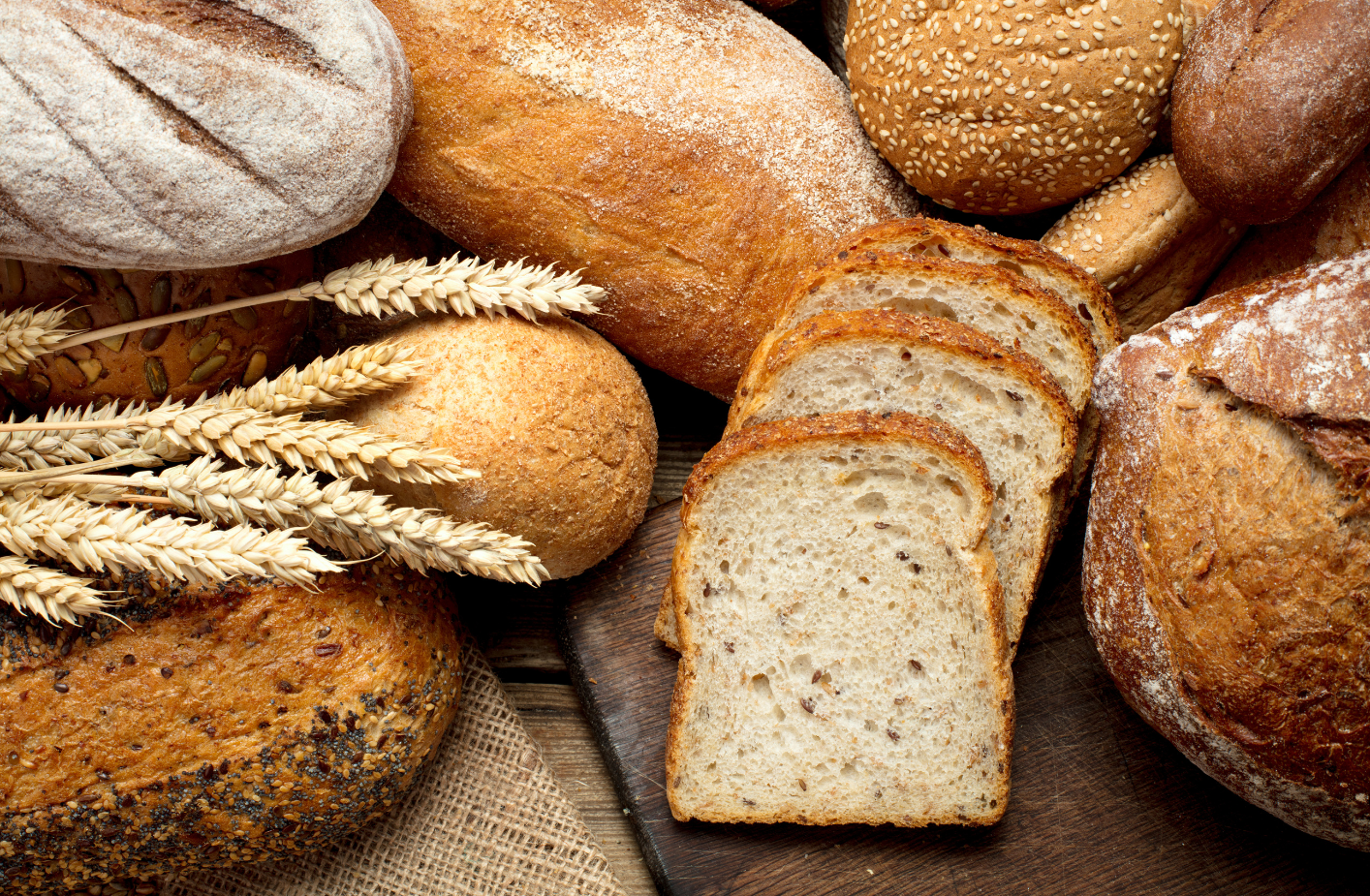Which bread is best?
One of the first things you walk past in a supermarket is the bakery section. Aside from the beautiful pastries and savoury snacks, there are tonnes of bread options to choose from too. And that doesn’t even include the bread in the aisles. According to ABS data, in 2022-2023, about 28% of the average Aussie’s daily grain intake came from bread!1 Interestingly, this is a 31% reduction from the previous 5 years.1 Some of us may be reducing/excluding bread consumption because of gluten intolerance or Coeliac disease (and gluten free breads typically don’t hold their own very well), or because some of us may believe that bread is fattening, or that carbs are bad for you, and some may just prefer other grains. But if you clicked on this blog it is likely that you still enjoy a good toastie, or eggs on toast, or a sandwich for lunch. With so many options out there, it is so hard to know what to buy.
So, let’s have a look at what factors are important for bread, in order of importance.
1. Wholegrains
The top priority when it comes to bread is that it is a wholegrain bread (unless you are eating it as a pre-training/workout snack, then white bread is better). Wholegrain bread is low GI because it takes longer for your tummy to churn and break down the seeds. This means your blood sugar won’t spike as much, and you will have longer lasting energy. The grains and added fibre are also really good for your bowels and gut health. Tip Top’s 9 grain loaf gives a good variety of seeds too, which is even better!
2. Fermentation
The second thing we look at wanting to include is fermented bread such as sourdough. The acidity from the fermentation helps slow down digestion (again, lowering the GI and helping you feel fuller for longer). The fermentation and microbes used in this are also great for gut health. If you can find a wholegrain sourdough loaf you have hit the jackpot. There are a few options in the shops such as Helga’s and Bill’s offering some sort of grainy sourdough, but your best bet is in the bakery section of a major supermarket, or hitting up your local bakery (Racine have a beautiful wholegrain sourdough, but unfortunately it is much most expensive at about $9.5 per loaf)
3. High protein
We generally aren’t looking to hit our protein goals through bread, particularly as it isn’t a complete source of protein, but if you’re struggling to hit your protein targets, high protein bread can help you get there. Generally they are made high protein by adding extra gluten and/or lots of seeds. Burgen is our recommended brand for this.
Hopefully your next sandwich is made with a wholegrain sourdough (if possible)! But with cost of living, it is harder to achieve this without blowing the bank. Perhaps some weekend baking could be added into the routine? Check out Jaimie Oliver’s blog on how to make a sourdough starter: How to make and feed a sourdough starter | Features | Jamie Oliver
Any questions about your health journey, please feel free to book an appointment with one of our friendly dietitians.
References
1 https://www.abs.gov.au/statistics/health/health-conditions-and-risks/apparent-consumption-selected-foodstuffs-australia/latest-release
Written by Nadia Fathinia ( Accredited Practising Dieitian)


